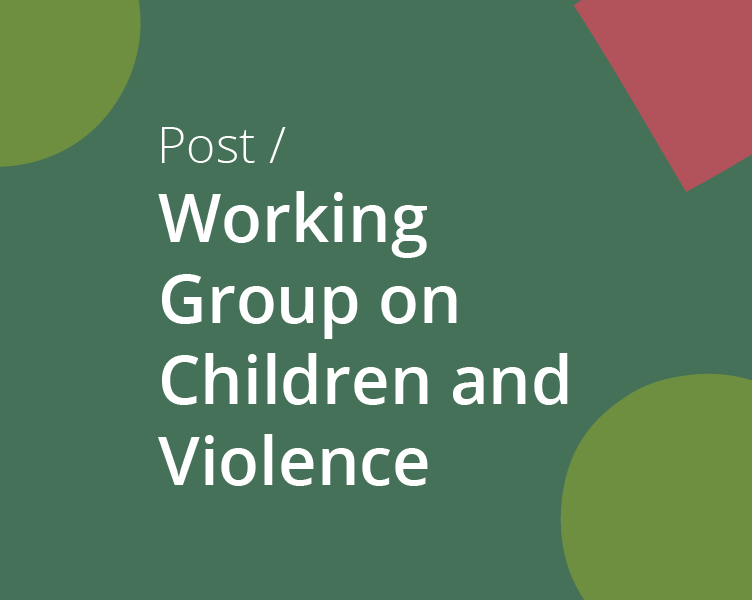How the climate crisis is driving violence against children – and emerging preventative and protective strategies to implement now
The climate crisis is the defining human and child’s rights challenge of our generation,[1] and the greatest threat to children’s health and wellbeing,[2] with impacts across all dimensions of society.
One billion children, including many of the most disadvantaged and those living on the climate frontline, are already at extreme risk from the impacts of climate change.[3] Their physical and physiological vulnerability and dependence on others means children stand to suffer first and most. Nearly every child worldwide is affected by at least one climate hazard.[4]
The climate crisis is increasing violence against children
Although the focus of limited attention, mounting reports suggest that climate impacts are driving VAC in multiple ways and contexts: in and following fast and slow-onset climate disasters and humanitarian settings; in contexts of displacement and migration, food scarcity and conflict; increasing levels of child labour, child marriage and female genital mutilation (FGM), parental violence, wider gender-based violence and emotional harm, among others.
Climate impacts severely strain households, particularly the most vulnerable. Stressors include loss of livelihood, home and resources; rising food prices and water scarcity; social upheaval and forced migration. Households are pushed beyond their capacity to cope, increasing family violence, and forced into desperate decisions to survive that have devastating impacts on children’s safety, such as arranging early marriages.
The climate crisis also exposes more children to high-risk contexts such as conflict, displacement, and natural disasters, and erodes family and community protective capacities and response services.
- Gaps in the evidence
There is little systematic research in this area, and a pressing need for disaggregated data to improve understanding of children’s experiences across contexts. Information is especially lacking for countries and communities most vulnerable to climate impacts.
- Worrying indications of scale
Indications suggest that the climate crisis may be driving VAC at scale. Global levels of child labour are increasing after a twenty-year decline,[5] child marriage has doubled and FGM increased by 27% in areas in the Horn of Africa,[6] and risk-laden youth migration is a national emergency in Somaliland[7].
Climate impacts are predicted to dramatically worsen in the coming years.[8] Experts are already witnessing additional strain on over-burdened child protection systems, and express fear that without a dramatic increase in investment and action, they will be overwhelmed by the escalating scale of need.
Emerging preventative and protective strategies
The only long-term climate solution is a rapid decrease in greenhouse gas emissions. However, for children on the frontline already suffering the consequences, an adaptation that strengthens resilience to climate impacts is as vital as mitigation and must address the heightened risk of violence. The connection between VAC and climate change must be made visible and addressed together, in policies, planning and budgets, to create safe environments and support children’s resilience.
A range of preventative and protective strategies have been identified and should be put into effect at scale. These include strengthening protective systems and services and taking a localised, anticipatory, multi-sectoral and long-term approach.
Children have done the least to create the climate crisis, but they carry the heaviest burden now and in the future. They must be empowered and supported to help shape climate and child protection agendas as their right and as a sustainable and effective protective approach. And critically, there must be dramatically increased investment in child-focused climate adaptation that incorporates child protection measures.
Read more about how the climate crisis is exacerbating VAC, and protective and preventative strategies here.
[1] The climate crisis represents a multi-dimensional children’s rights crisis, threatening most of the provisions in the UN Convention on the Rights of the Child, including children’s rights to protection from all forms of violence (article 19), life, survival, and development (article six), health (article 24), education (articles 28 and 29), and more.
[2] Watts, N., Amann, M., Arnell, N., Ayeb-Karlsson, S., Belesova, K., Boykoff, M., Byass, P., Cai, W., Campbell-Lendrum, D., Capstick, S. and Chambers, J., 2019. The 2019 report of The Lancet Countdown on health and climate change: ensuring that the health of a child born today is not defined by a changing climate. The Lancet, 394(10211), pp.1836-1878.
[3] UNICEF, 2021. The Climate Crisis Is a Child Rights Crisis: Introducing the Children’s Climate Risk Index. UNICEF.
[4] UNICEF, 2021. The Climate Crisis Is a Child Rights Crisis: Introducing the Children’s Climate Risk Index. UNICEF.
[5] International Labour Organisation (ILO) and UNICEF, 2021. Child Labour: Global Estimates 2020, Trends and the Road Forward. ILO and UNICEF.
[6] UNICEF, 2022. Child marriage on the rise in Horn of Africa as drought crisis intensifies https://www.unicef.org/press-releases/child-marriage-rise-horn-africa-drought-crisis-intensifies
[7] Bueno, O., 2019. “No Mother Wants Her Child to Migrate” Vulnerability of Children on the Move in the Horn of Africa.
[8] IPCC, 2022: Climate Change 2022: Impacts, Adaptation, and Vulnerability. Contribution of Working Group II to the Sixth Assessment Report of the Intergovernmental Panel on Climate Change
For any questions, please contact secretariat@childrightsconnect.org




